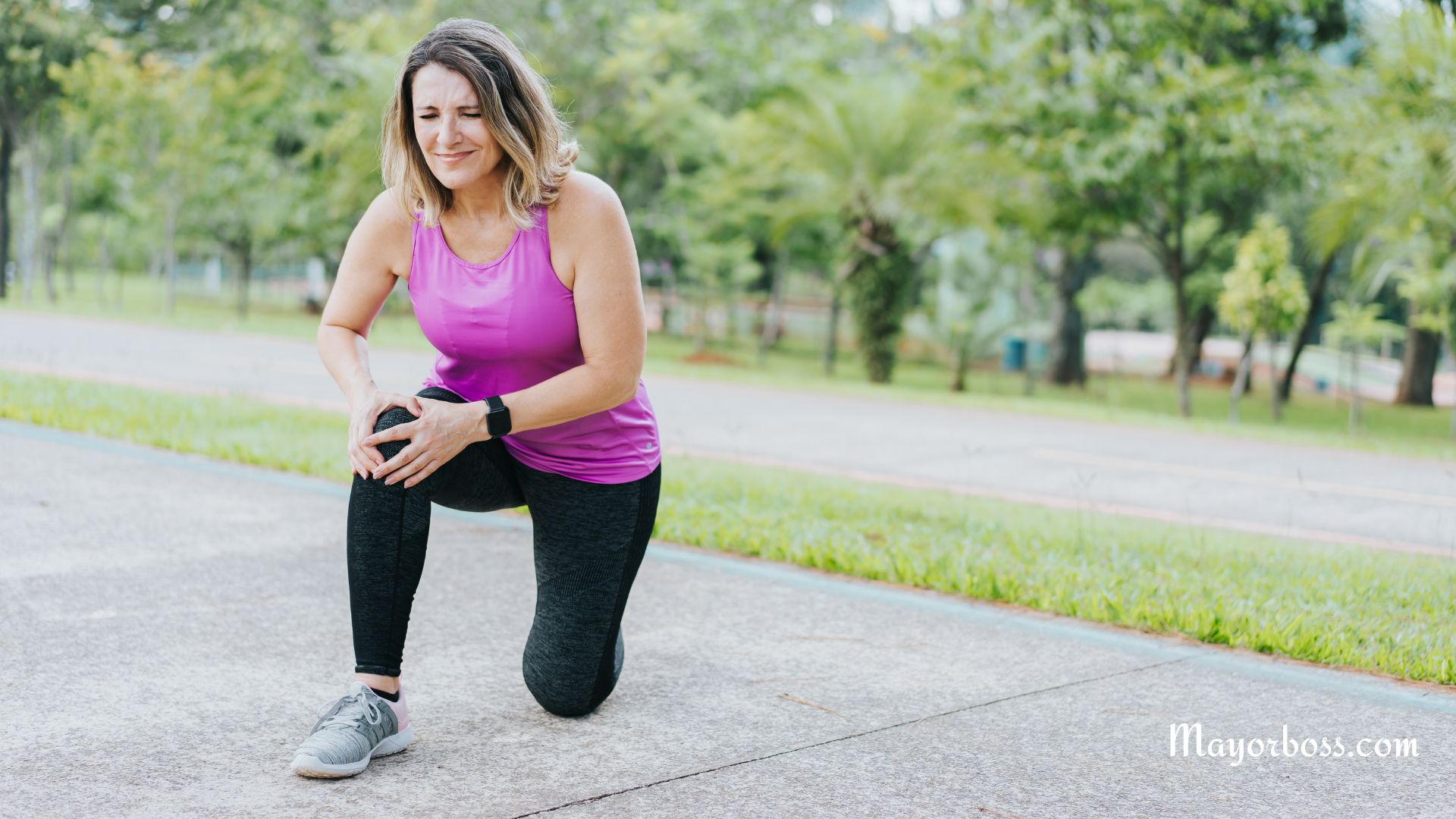Why Does Your Knee Hurt When You Bend It? Understanding the Causes
Knee pain when bending is a common issue that can significantly impact your daily activities. It’s essential to understand the potential causes and what steps you can take to alleviate the discomfort. In this article, we’ll share the reasons behind knee pain during bending, treatment options, and preventive measures.

Common Causes of Knee Pain When Bending
Your knee is a complex joint, and pain upon bending can arise from various issues:
- Arthritis: Osteoarthritis and rheumatoid arthritis are common causes of knee pain. They lead to joint inflammation and degeneration, making bending painful.
- Bursitis: Inflammation of the bursae, small fluid-filled sacs near the knee joint, can cause pain, especially when moving the knee.
- Meniscus Tears: The meniscus, a cartilage in your knee, can tear due to injury or wear and tear, leading to pain while bending.
- Tendonitis: Overuse or injury can inflame the tendons around the knee, causing pain during movement.
- Ligament Injuries: Injuries to ligaments, like the ACL, can make bending your knee painful.
- Patellofemoral Pain Syndrome: This refers to pain arising from the contact between the kneecap and the thigh bone.
Symptoms Accompanying Knee Pain
- Swelling and Stiffness: Swelling is a common response to knee injuries and can lead to stiffness, especially when bending.
- Redness and Warmth: These can be signs of inflammation or infection.
- Instability or Weakness: You might feel as though your knee is giving out or unable to support your weight.
- Popping or Crunching Noises: These could indicate a mechanical problem in the knee structure.
Treatment Options for Knee Pain When Bending
When you experience knee pain, it’s vital to consult a healthcare professional. They may recommend:
- Rest and Ice: Reducing activity and applying ice can help manage inflammation and pain.
- Physical Therapy: Exercises and stretches can strengthen the muscles around the knee, improving stability and function.
- Medications: Over-the-counter pain relievers can help reduce pain and inflammation.
- Supportive Devices: Braces or orthotics can provide extra support and alleviate stress on the knee.
- Injections: Corticosteroid injections can provide temporary relief from pain and inflammation.
- Surgery: In severe cases, surgical intervention may be necessary to repair or replace the damaged part of the knee.
Preventing Knee Pain When Bending
You can take several steps to prevent knee pain:
- Maintain a Healthy Weight: Extra weight puts additional stress on your knees.
- Regular Exercise: Strengthening the muscles around your knee can provide better support.
- Proper Footwear: Wear shoes that offer good support and cushioning.
- Avoid Overstraining: Listen to your body and avoid activities that put excessive stress on your knees.
Frequently Asked Questions
1. Is knee pain when bending always serious? Not always. Sometimes, it’s due to temporary strain or minor injury. However, persistent or severe pain warrants medical attention.
2. Can diet affect knee pain? Yes, a balanced diet can help manage conditions like arthritis. Foods rich in omega-3 fatty acids, antioxidants, and vitamins can be beneficial.
3. How long does it typically take for knee pain to improve? The recovery time depends on the underlying cause. Minor injuries might improve within a few weeks, while chronic conditions like arthritis require ongoing management.
